The Apple Watch is arguably a new product from Apple in the post-Jobs era.
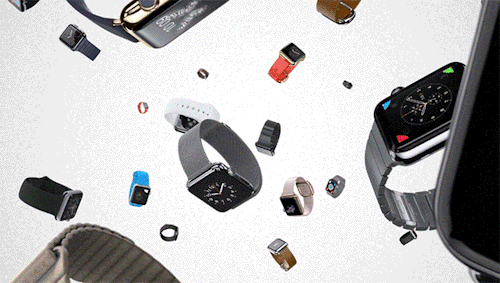
The fashion journey of a "watch"
Even before its release, Jony Ive, who leads the Apple Watch product, sent it to many celebrities in the fashion world and wanted to get their opinion on the product.

▲ From left to right: Colette creative director Sarah Andelman, fashion designer Karl Lagerfeld, Vogue editor-in-chief Anna Wintour, Jony Ive, industrial designer Marc Newson Photo by: businessinsider
And during the launch of the first Apple Watch, Jony Ive invited many fashion insiders to join him in building a plain white building at the Flint Center to better showcase the Apple Watch.

▲ Photo from: CBS
Compared to the previous, or even since, Apple's new product launch sessions, there has never been such a 'hustle'.
In many public appearances and interviews, Jony Ive has expressed his hope that the Apple Watch will have an impact on the traditional Swiss watch industry.
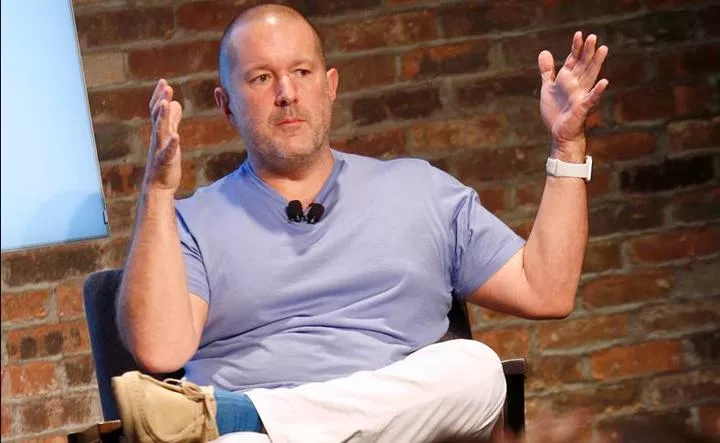
▲ Jony Ive image via: idevice
The subsequent promotion of the Apple Watch has been more fashion forward, with frequent appearances in fashion magazines and frequent co-branding with luxury goods.
Even in the Edition collection, the case is made of reinforced 18-karat gold, and with the leather strap, the price soars to a luxurious $10,000 (in this case, the price).

Not only that, but Apple has designed a separate display for the Apple Watch in the Apple Store, located in the center of the store, in the most prominent place.
In addition, to create a boutique image, in addition to the Apple Store, Apple has also set up Apple Watch counters with high-end department stores in France and the UK.
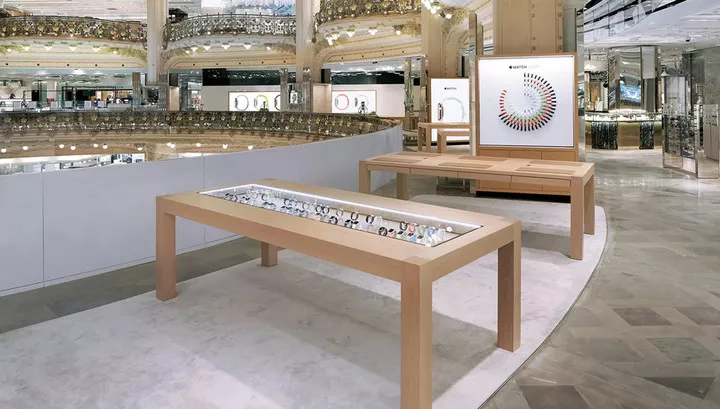
Before, during, and after its release, the Apple Watch was planned by Apple or Jony Ive to be more of a "Watch", and hopefully one that could be compared to a Patek Philippe.
But these "halos" aside, the first-generation Apple Watch is more of a "big bracelet," with heart rate monitoring and IPX7 water resistance that's not too far behind the competition, but lags significantly behind its Android Wear contemporaries in terms of battery life.
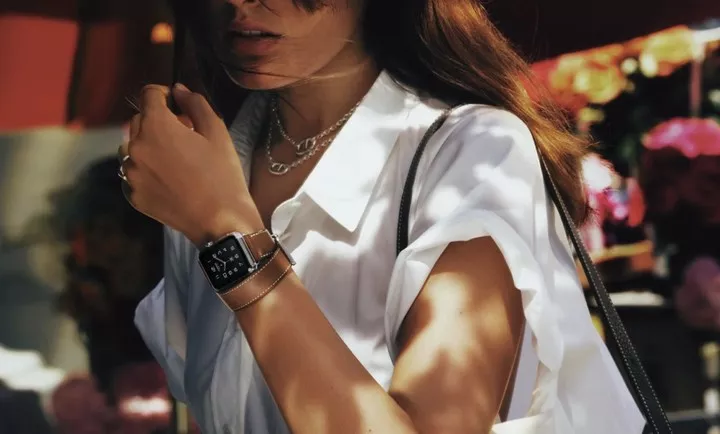
Positioned in favor of fashion and without enough functional differentiation, even though it received 1 million orders within 6 hours of pre-order, the mere feature of "Watch" to lead the continuation of multiple generations of updates is far from enough for Apple, which mainly plays the technology ecology card.
No more fashions, health is paramount
A year later, Apple has made a rare 'reboot' of the Apple Watch.
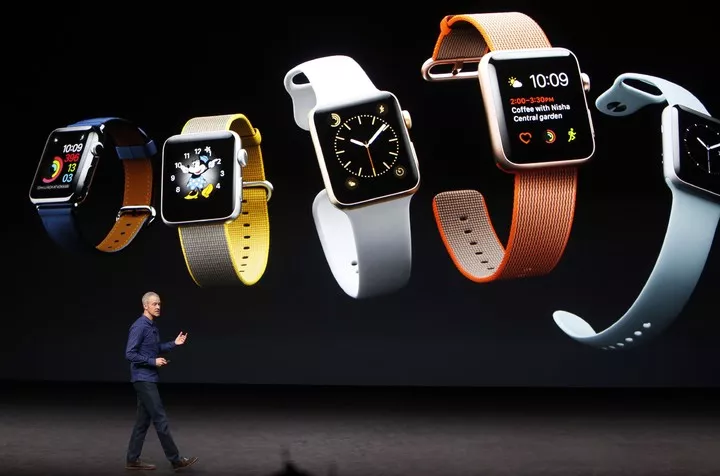
At its fall 2016 event, Apple unveiled the Apple Watch Series 1 and Apple Watch Series 2.
The Apple Watch Series 2 is the regular iteration, while the Series 1 has a few upgrades and modifications for the initial generation.
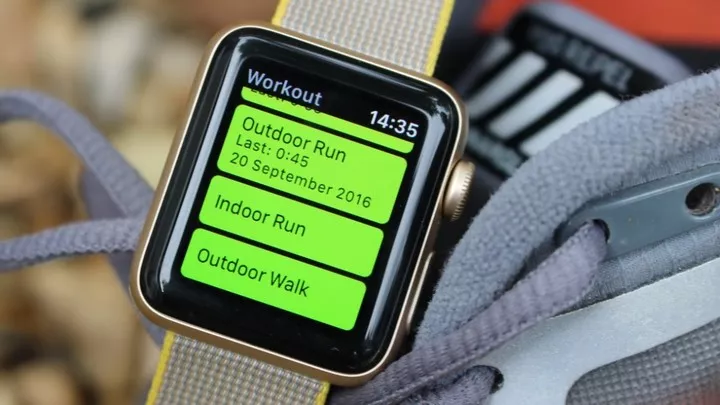
▲ Image from: wareable
And to distinguish it, the first-generation Apple Watch was given the special model number Apple Series 0 by folk. In fact, the Apple Watch Series 0 is called more like a beta version of the product.
After the "reboot," the Apple Watch is no longer about "Watch" as its core selling point, but about health and exercise, transforming it from a fashion darling to a health assistant for everyday people.
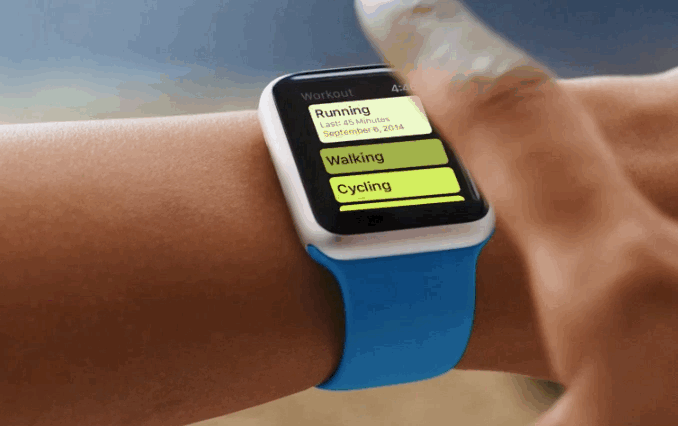
But the associated fashion attributes remain, such as the unique displays in the Apple Store and the joint customization with Hermès.
But the luxurious 18-karat gold of the Edition has been replaced by more expensive materials with "technological" properties, such as ceramic and titanium.

▲ The official material also favors functionality
On the whole, Apple Watch is no longer geared towards the average consumer with a high profile, but cuts into the lives of individuals with a "smart device" that is as close to the iPhone and Mac as one would like.
In terms of features, Apple Watch Series 2 has built-in GPS, enabling it to accurately record movement tracks; Apple Watch Series 3 adds eSIM functionality to receive information independently; Series 4 adds an ECG electronic heart sensor, allowing regular users to check their ECG at any time; Series 5 updates the Series 5 has updated its screen, using LTPO, so that its screen can always be lit; Series 6 adds a blood oxygen saturation sensor.
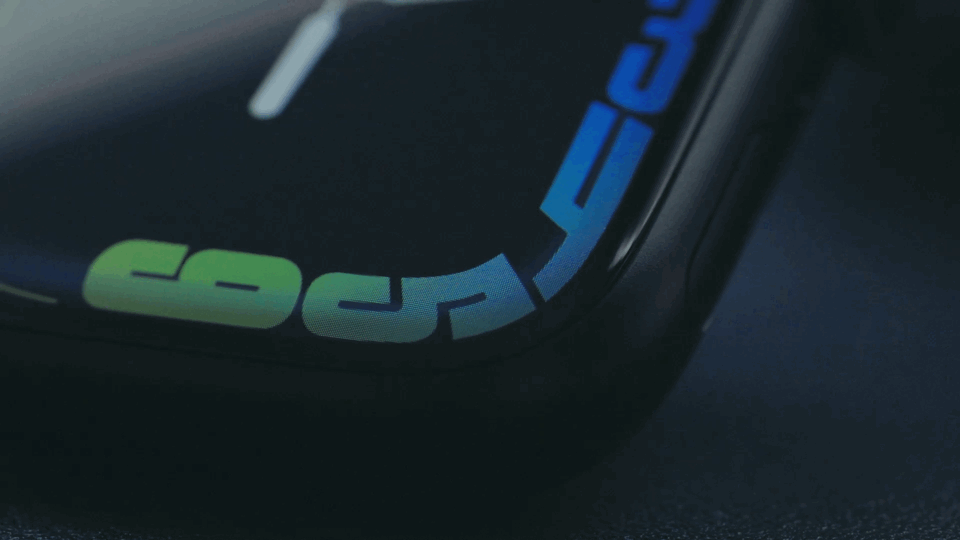
The Apple Watch Series 7 has a built-in "contoured" dial, and from a side angle, you might even think the words are spilling off the screen
In terms of looks, the Apple Watch has changed size twice and the screen has been enlarged twice, all the way up to the latest Apple Watch Series 7.
The changes are divided by the Series 4, with 40mm replacing 38mm and 44mm replacing 42mm, while the display area of the screen has increased by more than 30%, which intuitively means a complete 'full screen'.
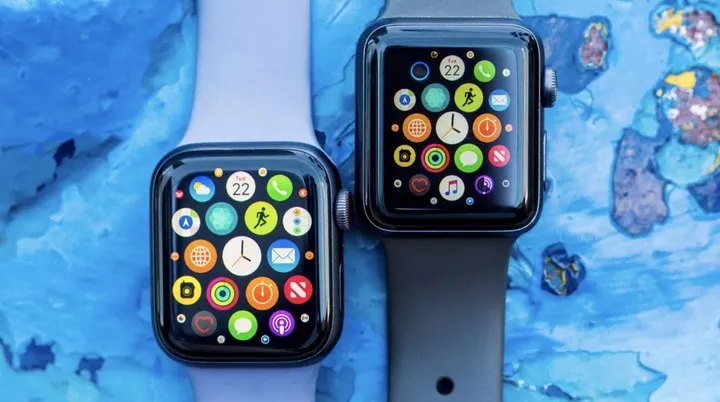
▲ Left: Apple Watch Series 4, Right: Apple Watch Series 3 Image via: cnet
In last year's Series 7, the screen size was expanded by 1mm to 41mm and 45mm respectively, and the display area became larger accordingly.
Not only is Apple introducing more health sensors to the Apple Watch and continuing to work on healthcare, the Apple Watch is also partnering with healthcare providers to gradually become a monitoring device with an endorsement.
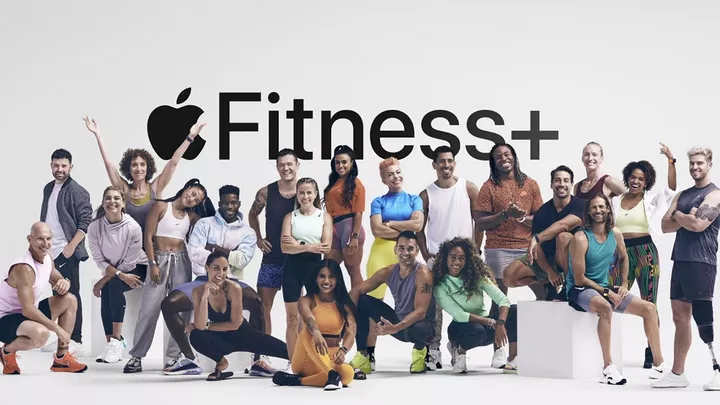
Also in light of the Apple Watch's capabilities in exercise logging, Apple is getting into the exercise content market with the launch of Fitness+ fitness service.
It's the constant investment around in healthcare and sports that has given the Apple Watch a 30% market share, well ahead of the competition.
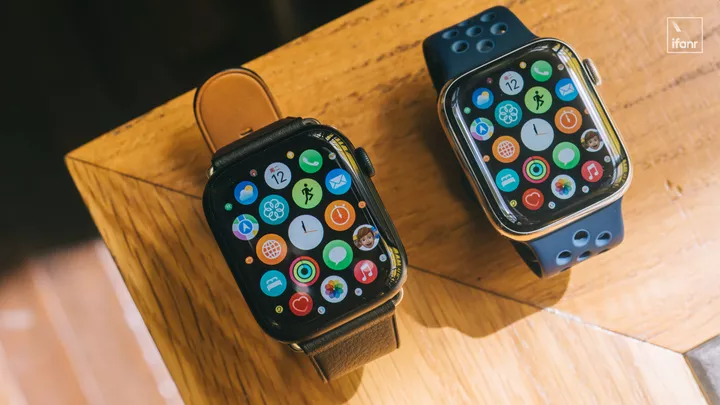
▲ It's hard to tell who's Apple Watch Series 7 without a direct comparison
However, in the latest Series 7, Apple has not come up with newer features (or sensors) and the range level is almost the same as before, the changes and perceptions in the new product are more in the tiny size.
Apple Watch product line is about to change dramatically
Compared to previous years, when each generation had unique new features, the Apple Watch's subsequent updates are starting to get a bit lackluster.
Mark Gurman, who has been following Apple on Bloomberg and has a high prediction accuracy rate, also recently shared his strategy for the next updates to the Apple Watch product line.
In fact, not only Apple, consumer electronics products when the function can not do innovation, always in the design or appearance of the first change.
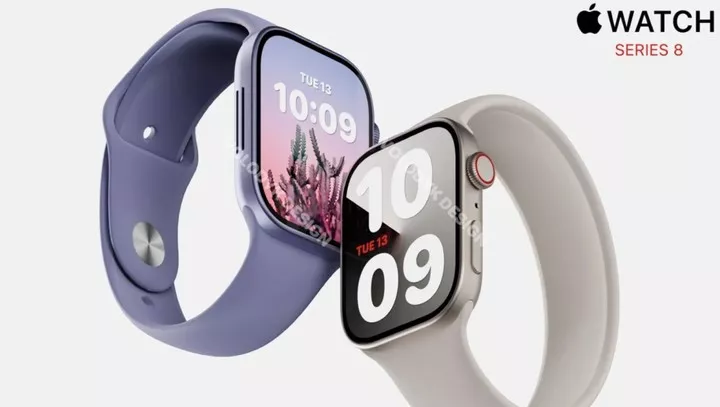
▲ Apple Watch Series 8 Hypothetical
The Apple Watch Series 8 will do the same, and like the Series 4, will feature a new design, but still revolve around a square dial and a rounded body (not excluding an almost enlarged screen), rather than the right-angled edges that were rumored prior to the Series 7's release.

In addition, a new product line, Apple Watch Pro, is being introduced. similar to the iPhone's Pro line, which focuses on imaging, Apple Watch Pro will focus on 'sports'.
The Apple Watch Pro line will challenge Garmin's professional-grade sports watches with a larger dial and a more rugged profile than the current one, and the case will be made of titanium similar to the Edition.
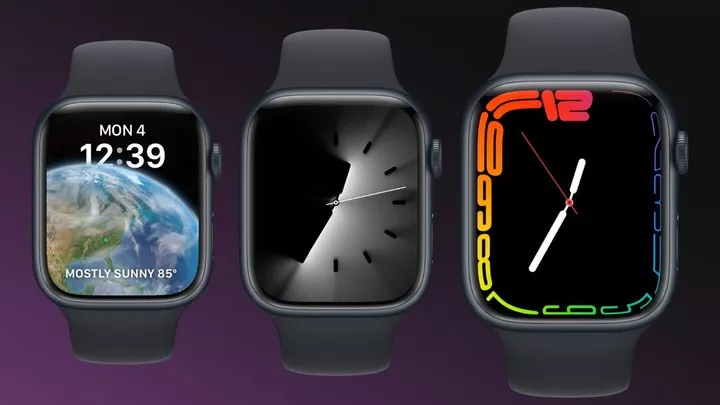
▲ 47mm Size Apple Watch Dial Size Comparison
These features are in line with previous rumors that Apple will launch a larger (possibly 47mm) Apple Watch aimed at outdoor and extreme sports.
In addition, the Pro will also have a breakthrough in battery life compared to the regular version, perhaps due to the larger size of the body which brings a larger capacity battery.
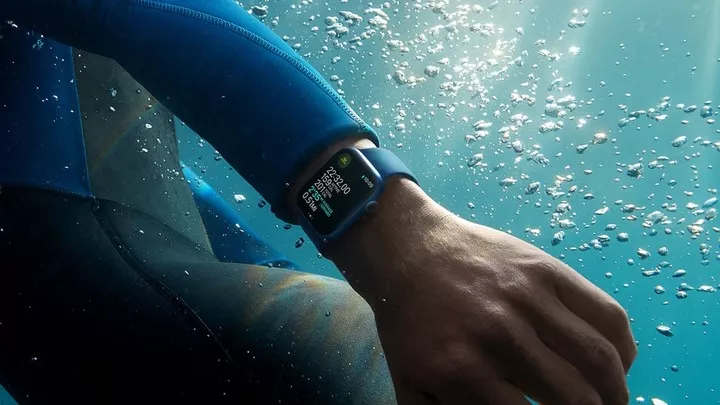
But the sensors remain the same as the Series 7 and Series 6, and the previously rumored blood pressure and glucose sensors may not appear in the Apple Watch until 2025.
The Apple Watch Pro could cost as much as $1,000 after a series of buff additions, almost similar to the iPhone's Pro line.
Paired with the traditional 41mm and 45mm sizes, the Apple Watch product line will feature three new models for the first time, again similar to the iPhone, which was upgraded from a single model in the early days to a dual model, eventually evolving into the current dual series of four.
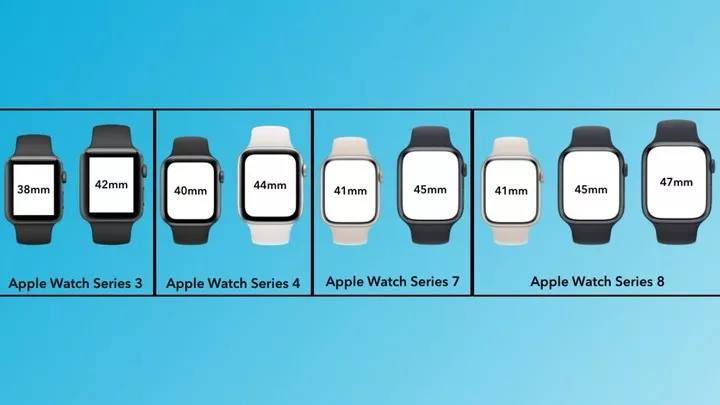
▲ Apple Watch Size Evolution
As for the regular iteration of the Apple Watch Series 8, the upgrades will likely revolve around looks as well, with few changes to its processor and sensors.
Combined with watchOS 9, which is already in public beta, Series 8 will most likely be similar to Series 7, which may make it difficult to motivate older users to update their iterations.

The Apple Watch has a longer lifecycle than the phone, and even years ago the Series 4 was still able to run watchOS 9 and offer most features in health and exercise.
With the possible launch of the Pro series this year, it's definitely aiming at a professional niche and remains a market segmentation act.
And for the regular model, perhaps similar to the iPad Pro, extending the update cycle to 18-24 months might make a more noticeable difference to the product.
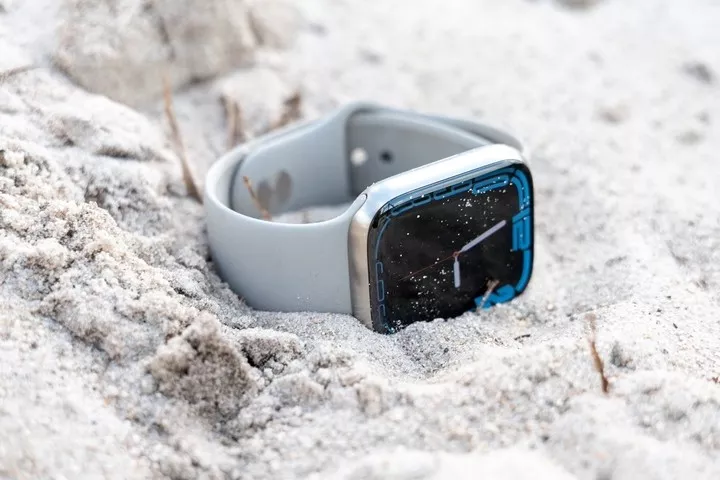
After the Apple Watch shifted its positioning from fashion to health, popular demand allowed it to gradually capture a large share of the market and further consolidate the Apple ecosystem.
But after Apple Watch updates became lackluster and began to change around the design, it took aim at niche (outdoor, extreme) groups from the masses.
If Apple continues to want the Apple Watch to continue to grow, it needs to find a popular demand that is similar to health monitoring and exercise logging, in addition to making design changes. Otherwise, it's likely to return to the growth "dead end" that the first Apple Watch faced.